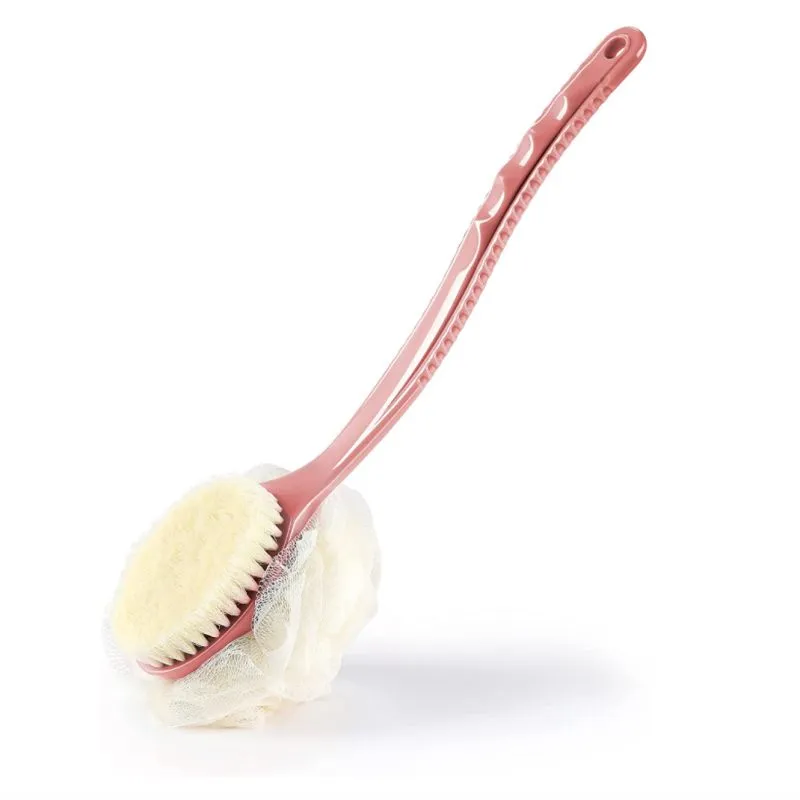Maintaining the cleanliness of your plastic brush is essential for maintaining good oral hygiene and preventing the build-up of bacteria and plaque. Regular cleaning of your plastic brush can help prolong its lifespan and ensure that it continues to perform its job effectively. Here's a step-by-step guide on how to clean a plastic brush, with a focus on the keyword "plastic brush" throughout.
Step 1: Rinse the Brush Under Running Water
Begin by rinsing your plastic brush under warm running water. This initial rinse will help remove any loose food particles or debris that may have accumulated on the bristles. Be sure to hold the brush under the water for a few seconds, giving the bristles a good shake to dislodge any particles.
Step 2: Submerge the Brush in Water
Next, fill a small bowl or sink with warm water. Submerge the entire plastic brush, including the bristles and handle, into the water. Allow the brush to soak for 3 to 5 minutes. This soaking period helps loosen stubborn dirt and bacteria that may be embedded in the bristles or on the brush handle.
Step 3: Handle the Padding Carefully
If your plastic brush has a soft padding at the base where the bristles attach to the brush, be extra careful when cleaning this area. The padding is often more delicate and can absorb water, which can lead to mold growth if not dried properly. Instead of submerging the entire brush head, dip the bristles into a separate bowl of soapy water, making sure to keep the padding dry. Use your fingers to gently rub the bristles against each other to help dislodge dirt and bacteria.
Step 4: Scrub with Soap and Water
After soaking, remove the plastic brush from the water and apply a small amount of toothpaste or mild dish soap to the bristles. Use your fingers or a soft-bristled brush cleaner (if available) to scrub the bristles and handle of the plastic brush. Pay close attention to the areas where dirt and bacteria tend to accumulate, such as the base of the bristles and any grooves or crevices in the handle.
Step 5: Rinse Thoroughly
Once you've scrubbed the plastic brush, rinse it thoroughly under running water. Make sure to rinse both the bristles and handle until all traces of soap and dirt are removed. Rinsing thoroughly is crucial to ensure that no residual soap or dirt remains on the brush, which could potentially irritate your gums or affect the taste of your toothpaste.
Step 6: Air Dry Completely
Finally, allow the plastic brush to air dry completely before storing it. Shake off any excess water and place the brush in a well-ventilated area, such as on a countertop or in a toothbrush holder with drainage holes. Avoid storing the brush in a closed container or bathroom cabinet, as this can create a damp environment that promotes the growth of bacteria and mold.
